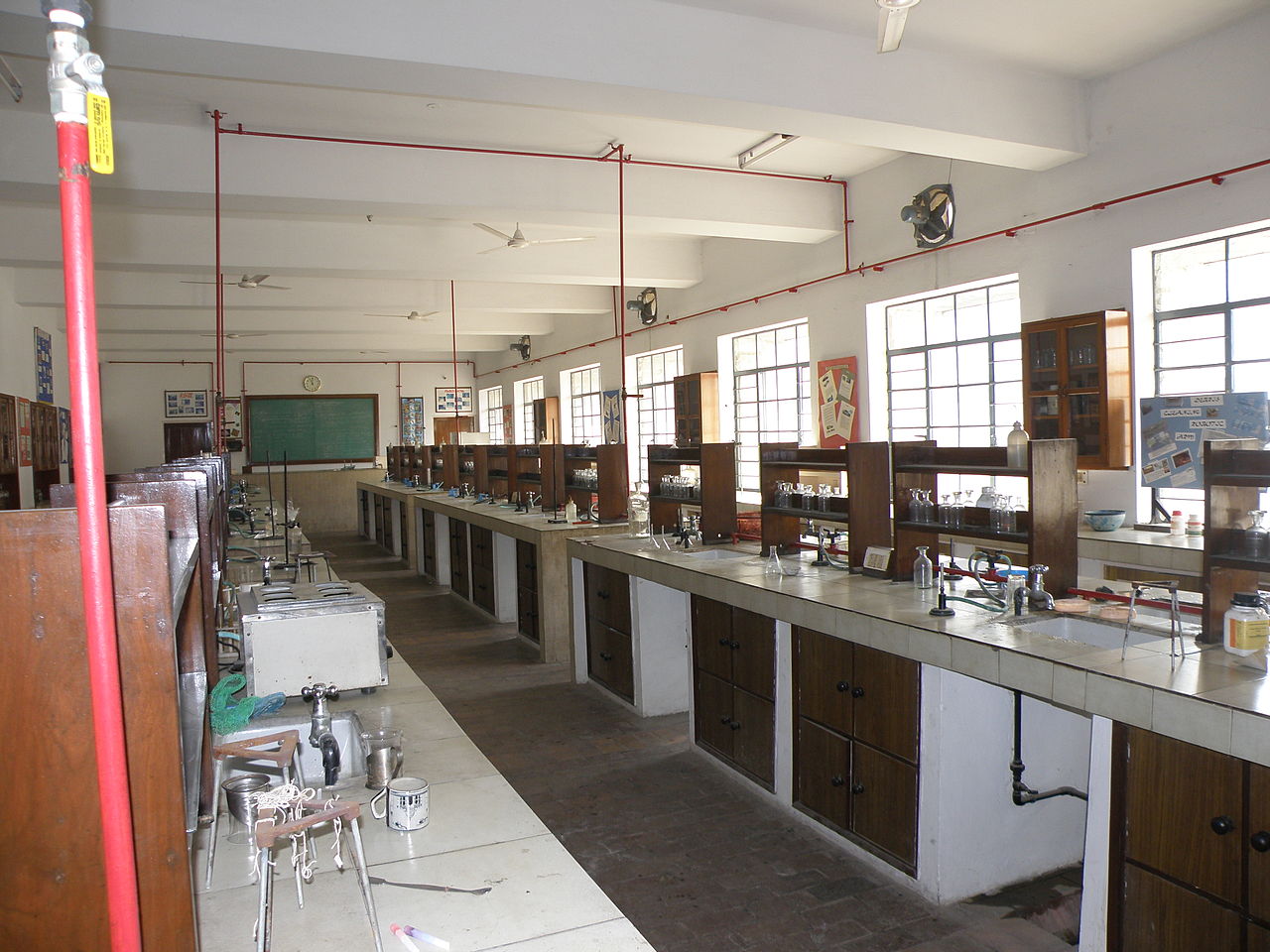Via: Edweek.org
Students attending high-poverty schools tend to have fewer science materials, fewer opportunities, and less access to the most rigorous mathematics classes, like calculus and physics, than students attending low-poverty schools, a new analysis points out.
That means that they’re less likely to encounter real-world problem-solving that characterizes advanced work in those fields—as well as the most rigorous content that serves as a benchmark for beginning college majors or minors in those fields.
The report comes from Change the Equation, a nonprofit made up of business members who push for higher standards and policy attention to the STEM fields of science, technology, engineering, and mathematics.
The analysis is based on surveys of teachers and school officials where the National Assessment of Educational Progress, often called the Nation’s Report Card, was administered in 2015. (As you may know, not all students or schools participate in NAEP; the independent federal exam relies on samples nationally and in each state.) High-poverty schools are defined by NAEP as schools in which 75 percent or more of students qualify for subsidized school lunches, and low-poverty as those in which 25 percent or fewer qualify.
